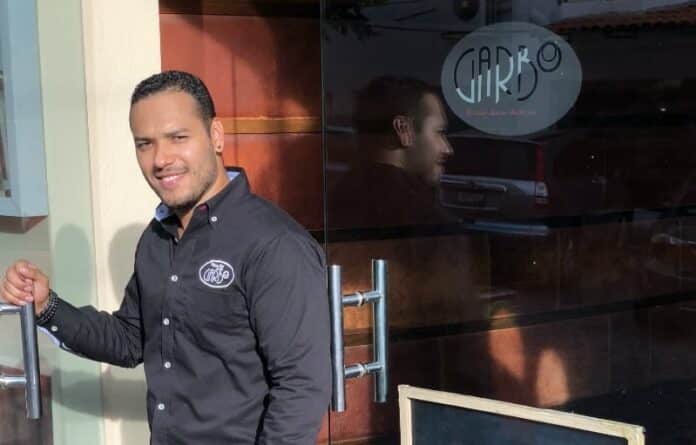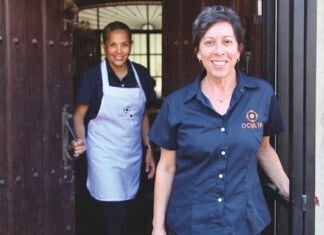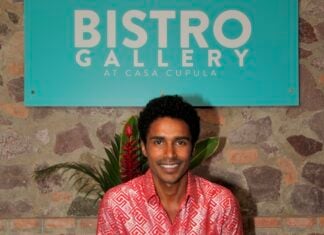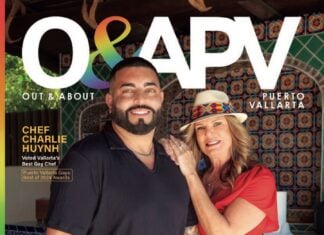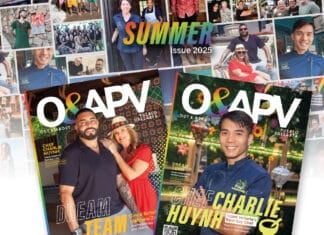Esta publicación también está disponible en: English Español
We’re not supposed to say ‘high season’ and ‘low season’ anymore, right?
The terms are fraught with meaning, of course. For many a business owner in Vallarta, ‘high season’ is defined by boom time excess in the winter months of November through May, when Americans and Canadians flood the city in active avoidance of their own home locales.
‘Low season,’ then, is the opposite: a proprietor will many times spend all the revenue that was earned through the winter in order to keep the bills paid, counting the days until November rolls around and the business cycle can begin again at square one.
Over the past few years, though, the conversation in this city has shifted. No longer is there an assumption that all tourist-facing businesses will close for nearly half a year. At the same time, the drop in tourist revenue remains precipitous, rendering the all-out avoidance of the terms ‘high’ and ‘low season’ more ambitious than anything.
But there are a few organizations that have managed to keep their door open all year. When the economic life’s breath of a city is derived from international visitors, business owners can choose to resign themselves to the assumption of a perpetuating annual low period or they can search for opportunity. More and more organizations here are opting for the latter.
What if we started to call the summer months ‘Value Season?’
Paul Crist has embraced the term. The owner of Hotel Mercurio, he’s weathered the highs and lows for sixteen years now. Yes, it has a Big Mac vibe to it, and its most visible proponents so far appear to be eateries. Who among us hasn’t logged on to Facebook and found an ad for the Joe Jack’s Fish Shack “Burger Wednesday” special, or the Café Roma “everything $20 pesos” menu?
There is a caveat, though. According to Crist, you can sell the idea of value to potential visitors, but the quality of your product must remain consistent.
“You can’t offer less just because you’re getting paid less,” he said. “You set a certain standard and that is what you offer at whatever price you’re getting.” For the public, visitors to the city, we can’t assume they know anything of high or low season. All they will recognize is good quality and bad quality.
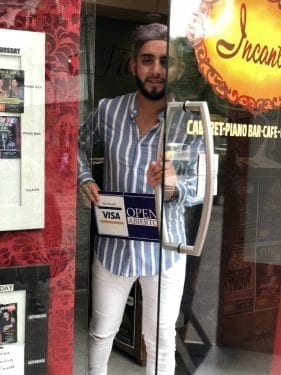
“Invariably, in this day and age,” he said, “somebody who was here in the winter and raved about the hotel… if I were to not offer the same breakfast in the summer, or reduce staff and attend to the rooms every other day, for example, that same guy is going to come back in June and he’ll be like, ‘wow, things have really gone downhill at Hotel Mercurio. It’s not the same.’”
Too, Crist thinks of his staff as family, some of whom have worked at Mercurio the entire 16 years he’s owned the hotel. He doesn’t want to cut staff or services because the money is tight.
“I have a responsibility to my staff,” he said. “I see business as my being responsible to my clients, my staff, my suppliers who need to get paid so they can pay their staff, and of course my social responsibility of paying taxes and all that, but first and foremost it’s my clients and my staff. Those are my two responsibilities that I never lose sight of. I can’t just lay people off in the summer. I can’t do it.”
Across the colonia at Incanto, proprietor Tracy Parks experimented with a summer run last year and it was met with success. In fact, as the summer stretched toward August and September and the plan to close for a month or more drew near, he told me that it was the staff who elected to keep the doors open. According to Parks, maintaining and supporting the interests of a local customer base can sustain a business in the summer months and also attract a tourist crowd when they arrive.
“If I can create an atmosphere that attracts a bilingual crowd or a Mexican national crowd with incredible music, like at our open mic night…” he began. “The voices that are popping into town now, the talent, if I can keep those locals here in the summer, then everybody else will want to be here because that’s where the locals are. Anytime I’ve gone on vacation I always try to figure out, ‘where do the local people go?’ and hopefully we’re creating that.”
The demographics of the visitors to Vallarta are changing too. Gustavo Silva Lacroix recently graduated with a degree in Hotel Management. He studied the changes of the visitor landscape in this city and discovered that the age of the average visitor has dropped significantly.
“We realized there are more young adult people traveling to Puerto Vallarta instead of retired people,” he said. “That’s what they believed in the past, that the city was more for retired people, that Vallarta is the best place in the world to retire. But we realized that almost 25 percent of people who answered the survey, it was from the ages of 42 to 57, and no more than 65 years old.”
And he reports too that, though the number of individual LGBT-identified visitors is less than our straight counterparts, the average amount spent by LGBT tourists is significantly higher.
Among Mexican nationals, Paul Crist believes the growing middle class will only contribute to the growth of tourism in this city, particularly during the summer months, and that it behooves businesses to invest in bilingual communication.
“I think the summer is much busier with tourism than it used to be, for sure,” he said. “I think some of that is the economy improving over the last few years. I think it has to do with the growth of the middle class in Mexico. A lot of the factories that are being built in cities like Mexico City and Guadalajara, these are booming cities and the Mexican middle class in those cities is growing. They have disposable income and, even in the summer, they know it’s going to be hot and humid and a bit rainy here, and they’re okay with that.”
“I pretty much keep my marketing bilingual and of interest to both the English speaking and Spanish speaking market all year round,” he added. “About a month ago there was something I posted on Facebook and a Spanish comment from someone was, I’ll say this in English, ‘I really appreciate that your marketing is always bilingual or in Spanish because so many businesses in Puerto Vallarta advertise in English only’ and I think that’s a mistake that some businesses don’t go after and recognize the Mexican market.”
Jose Luis Casillas is the owner and fashion designer at ky moda independiente (and who is profiled elsewhere in this issue). His family owns and operates the Mini Super Amapas convenience shop located next to Fusion Gourmet restaurant and across the street from Hotel Tropicana. Casillas takes the argument a step further.
He’s identified three ways that businesses—sometimes unwittingly—self-select their clientele.
“The first is price,” he said. “If you have $100 peso cocktails, you will have no local customers. But if they can spend $100 over the course of an evening at your business, then they might be willing to come back every week.”
“The second is product,” he continued. “A good business owner knows which products are popular during high season and what to stock for low season. The third way businesses self-select their clientele is with service. If you prefer tourists over locals, they will know and act accordingly.”
Is ‘Value Season,’ then, the best alternative? It acknowledges that prices go down for everything from burgers to hotel rooms, prices that amid high season are designed for an American consumer. Beyond that, according to Mercurio’s Crist, it’s a good way to introduce new people to Vallarta, many of whom will come back regardless of the season and spend more.
Tracy Parks at Incanto would agree. “All the venues have their strategy for attracting a year-round crowd,” he said. “My strategy is this. Create valuable programming as much as possible and keep it air conditioned and friendly and make it as comfortable for people to come here as possible.”
“I figure, if I want to be here, maybe other people will, too,” he added. “And so far, I really like being here. I like being in this building. I like being on this part of town. It’s kind of a new market for me. I’m getting to know so many great people by being open all summer. We become really good friends because we have more time to talk, more time to relax.”
Esta publicación también está disponible en: English Español



